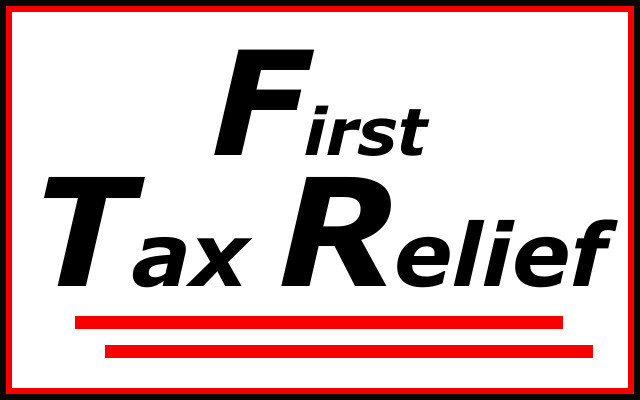2018 is FINALLY over, and we have a brand new year ahead of us … and it feels pretty great. The year ahead is full of possibilities for you and your various pursuits, and we are so privileged to walk alongside you in the financial aspects of these possibilities.
And there’s a very good chance that we can do MORE than what we’ve been able to do in the past to help you realize the vision you have for your future. We aren’t merely here to steer you through the murk and muck of the IRS.
But speaking of the murk and muck…
Lots of people ask us about negotiating an “Offer in Compromise” with the IRS, and today I want to begin the process of clarifying what those really are.
First Tax Relief Clears Up Confusion About the Offer in Compromise Program
“Scar tissue is stronger than regular tissue. Realize the strength, move on.” – Henry Rollins
The first thing you need to know about the Offer in Compromise program is that it is not for everyone.
Despite all the ads you might hear on the radio and see online, the fact of the matter is that while more than 16 million people and 3 million businesses owe the IRS, only 25,000 settled their tax debts using the Offer in Compromise (OIC) last year.
The OIC program is designed to help a specific kind of person: Cleveland people whom the IRS deems cannot ever pay their debt within the normal deadline (which is usually 10 years).
Here at First Tax Relief we DO help clients qualify for the OIC in certain cases. Our job is to get the BEST deal for our clients, no matter what they owe.
And there are definitely ways to make that happen.
Here are a few other things you should know about the IRS Offer in Compromise program:
1) “Doubt As To Collectibility”: The Most Common OIC
There are actually three different forms of it. The first, and most common, is what I just referenced above — and it is reserved for when taxpayers can’t pay their taxes and want to settle for a payment that is less than the amount they owe. It requires various forms of documentation, which we can help with.
The other kinds are “Doubt as to Liability” (when taxpayers don’t think they owe the tax in question) or “Effective Tax Administration” (when taxpayers can pay the tax they owe — but it would cause what is deemed to be undue hardship, or there are other extenuating circumstances).
2) It’s probably better to simply contest the taxes owed.
This is where we come in, and it’s often a great place to massively slash a tax bill. This is simply because some tax professionals don’t always catch everything. Often, we can find missing deductions, credits, or other filing options that reduce the liability for taxpayers by reviewing past returns.
Taking a good look at past tax returns may reveal that you owe a lot less than you thought, and you might not even NEED an OIC.
3) Negotiation isn’t everything.
It usually comes down to math.
To qualify for an OIC, the IRS will scrutinize living expenses, and follow a formula to determine if the taxes cannot, in fact, be rightfully paid over 10 years. We help with this process, obviously, as there are certain things that qualify for these expenses, and certain others that don’t. What’s difficult is determining actual asset values, assets to be included in an OIC, average monthly income, and regular necessary and allowable monthly living expenses.
Again, we can help here. Then, of course, you need to be able to actually pay what is offered.
4) Future tax years really matter.
After an OIC is accepted by the IRS, taxpayers cannot file and owe for the next five years. This can be a tough hurdle to overcome, and it absolutely requires that you have someone in your corner who can help you ensure that doesn’t occur.
Now, all of this means that an Offer in Compromise may NOT be the right avenue to pursue in settling a tax debt with the IRS. But fear not … we have many options for helping our clients.
But it does mean you need to ask. And we’re right here for you.
Talk again soon.
Warmly,
Rich Rhodes
(833) Low-Taxx
First Tax Relief






